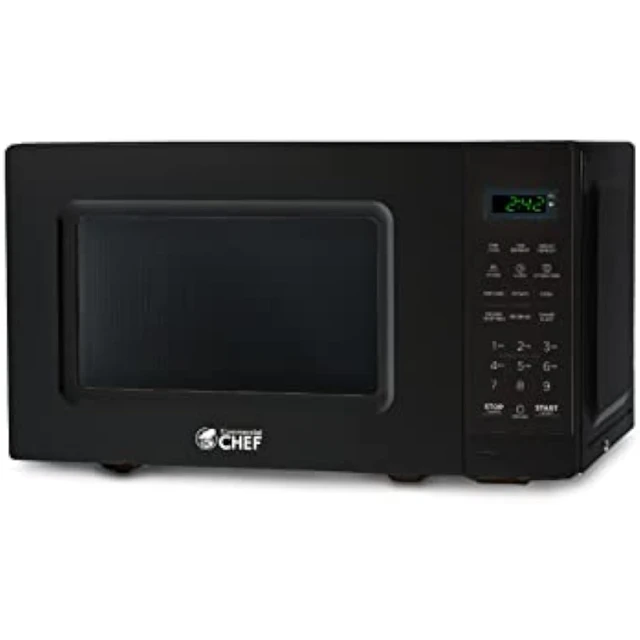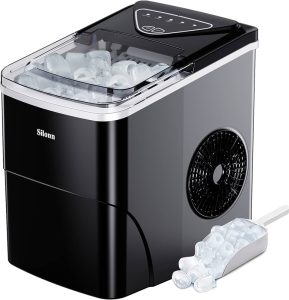what is the frequency of microwaves?
Introduction:
Microwaves have become an essential appliance in modern kitchens, providing a convenient and efficient way to heat, cook, and defrost food. Understanding the frequency of microwaves is important for comprehending how they work and the effects they have on food molecules. In this article, we will explore the frequency of microwaves, the relationship between frequency and wavelength, the impact of microwave frequency on food, and safety considerations.

what is the frequency of microwaves?
Definition and Basics:
Microwaves are a form of electromagnetic radiation with a specific frequency range within the electromagnetic spectrum.
They are classified as non-ionizing radiation, meaning they do not have enough energy to remove electrons from atoms or molecules.
The Electromagnetic Spectrum:
The electromagnetic spectrum encompasses a wide range of wavelengths and frequencies, including radio waves, microwaves, infrared, visible light, ultraviolet, X-rays, and gamma rays.
Each part of the spectrum has its own unique properties and applications.
Frequency and Wavelength Relationship:
Frequency and wavelength are inversely related in the electromagnetic spectrum.
Higher frequencies correspond to shorter wavelengths, while lower frequencies correspond to longer wavelengths.
The relationship between frequency and wavelength can be described by the equation: speed of light = frequency × wavelength.
Frequency Range of Microwaves:
Microwaves occupy a frequency range between 300 megahertz (MHz) and 300 gigahertz (GHz) on the electromagnetic spectrum.
This frequency range corresponds to wavelengths of approximately 1 millimeter (mm) to 1 meter (m).
Industrial and Consumer Microwave Frequencies:
Industrial and consumer microwave ovens typically operate at a frequency of 2.45 gigahertz (GHz) or 915 megahertz (MHz).
These frequencies were chosen due to lower interference with other communication systems and the ability to penetrate food effectively.
Penetration and Absorption of Microwaves:
Microwaves are absorbed by water, fats, and sugars present in food.
The absorption of microwaves leads to the heating and cooking of the food.
The penetration depth of microwaves depends on the frequency and the physical properties of the food.
Cooking Efficiency and Penetration Depth:
The choice of microwave frequency affects the efficiency and penetration depth in cooking.
Higher frequency microwaves, such as 2.45 GHz, penetrate food less deeply but are more efficient at heating water molecules.
Lower frequency microwaves, such as 915 MHz, penetrate food more deeply but may be less efficient at heating water molecules.
Impact on Food:
Microwaves can heat food more quickly and uniformly compared to traditional cooking methods.
The frequency at which microwaves operate affects the way food is heated, especially the behavior of water molecules within the food.
Safety Considerations:
Microwaves are generally safe when used according to manufacturer instructions.
However, it is important to follow safety precautions to minimize potential risks.
Ensure that the microwave is in good working condition, and do not use it if the door seal is damaged or there are other visible signs of damage.
Use microwave-safe containers and avoid heating certain materials, such as metals or plastics not labeled as microwave-safe.
Be cautious when heating liquids to prevent superheating, which can lead to sudden eruption or boiling when disturbed.
Avoid standing too close to the microwave while it is in operation to minimize exposure to microwaves.
Regulatory Standards and Guidelines:
Governments and regulatory bodies establish safety standards and guidelines for microwave ovens.
These standards ensure that microwave ovens meet specific safety criteria and do not emit excessive levels of radiation.
It is recommended to purchase microwave ovens that comply with these standards and have been tested and certified by reputable organizations.
Conclusion:
Microwaves operate within a specific frequency range on the electromagnetic spectrum, typically between 300 megahertz (MHz) and 300 gigahertz (GHz). The frequency and wavelength relationship in the electromagnetic spectrum determines the properties and behavior of microwaves. Industrial and consumer microwave ovens commonly operate at frequencies of 2.45 gigahertz (GHz) or 915 megahertz (MHz). The choice of frequency affects the cooking efficiency and penetration depth of microwaves, influencing the way food is heated and cooked. While microwaves are generally safe when used correctly, following safety precautions and guidelines is important to minimize potential risks. Regulatory standards ensure that microwave ovens comply with safety criteria and emit safe levels of radiation. By understanding the frequency of microwaves and adhering to safety practices, we can utilize this convenient kitchen appliance effectively and safely.

